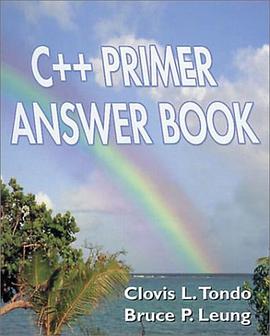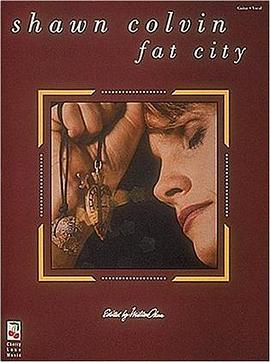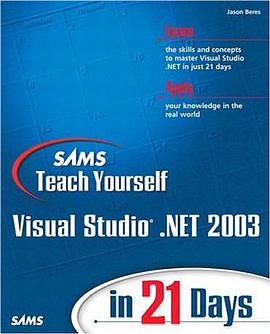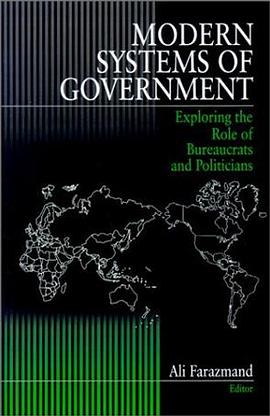

This book provides an introduction to the basic concepts in digital communications for students with little or no previous exposure to either digital or analog communications. The intent is to help the student develop a firm understanding of digital communication system engineering in order that he or she will be able to conduct system-level design and analysis for digital communication systems of the future. As a result the basic principles of digital communications theory and techniques are emphasized rather than specific technologies for implementation. No one book can encompass all aspects of digital communications. The focus in this book is on modulation and demodulation. Other important issues in digital communications, such as error-correction coding and synchronization, are discussed only briefly. Such topics are appropriate for more advanced courses that traditionally follow the first course on digital communications. The level of the presentation is appropriate for advanced undergraduates and beginning graduate students in electrical and computer engineering. A good background in linear systems, including the use of convolution and Fourier transforms in linear systems analysis, is required as a prerequisite. The student is expected to have a good understanding of probability and random variables from a previous course. A brief review of probability and random variables is included in Chapter 1, but this material is intended primarily to serve as a convenient reference for some of the basic properties of random variables and to introduce the notation for subsequent chapters. An adequate understanding of the concepts requires approximately 25 to 30 hours of instruction based on a text such as A First Course in Probability by Sheldon Ross or Introduction to Probability and Its Applications by Richard Scheaffer. Chapters 2-4 are devoted to second-order random processes, emphasizing correlation functions, spectral densities, and their role in the analysis of random processes in linear systems. Understanding of this material is a requirement for subsequent chapters on digital communications. At some universities, a course that includes basic material on random processes is a prerequisite to the first course in communication systems. Consequently, the book is written in a way that Chapter 2, Chapter 3, and parts of Chapter 4 may be used for review or skipped entirely for courses in digital communications that have such a prerequisite. The latter sections of Chapter 4 are less commonly included in a course on probability and random processes, so these sections should be covered at the beginning of the course or as the need for this material arises in Chapters 6 and 7. The basic principles of digital communications are presented in Chapters 5-7, which deal with baseband communications, coherent radio-frequency communications, and noncoherent radio-frequency communications. It is expected that these chapters will provide the core material for any introductory course on digital communications. More advanced and more specialized topics are covered in the remaining two chapters, and the inclusion in the course of material from these chapters is at the discretion of the instructor. Chapters 5-7 also prepare the student for subsequent courses that deal with advanced topics in digital communications. The approach to teaching digital communication theory followed in the book is to begin with baseband communications, because it is free of the complications caused by the sinusoidal carriers that are required in radio-frequency communications. The basic principles of matched filtering, optimum correlation receivers, and statistical decision theory are introduced in the simpler setting of baseband communications in Chapter 5. In this chapter, we impose a specific structure on the communication receiver, and the optimum elements for this receiver are derived. This permits postponement of the proof of the optimality of the receiver structure until Chapter 6, where we can use the Fourier series to derive the optimum receiver structure for binary phase-shift keying, the most popular binary modulation technique for coherent communications. Restriction of the derivation to a sinusoidal signal set avoids the need for general orthogonal expansions, yet it gives the student the essential concepts needed to understand more general derivations. An intuitive approach, which avoids the need for orthogonal expansions, is provided in Appendix D. An important feature of Chapter 5 is the thorough explanation of methods for the analysis of suboptimum filters in communication receivers. An introduction to detection theory is provided, and discussions of minimax, Bayes, and maximum-likelihood decision rules are included. The problem of extracting a phase reference and the degradation that results from an imperfect phase reference are discussed in Chapter 6. Coherent communication receivers are examined, and performance analyses are provided for binary and quaternary phase-shift keying, minimum-shift keying, quadrature amplitude modulation, and nonbinary orthogonal signal sets. The spectral efficiencies of various modulation techniques are also presented in Chapter 6. Chapter 7 is devoted to noncoherent communications, and again we exploit the student's familiarity with the Fourier series to derive the optimum noncoherent receiver for binary frequency-shift keying. Analyses are given for optimum and suboptimum receivers. Noncoherent demodulation of differentially encoded binary phase-shift-key modulation is described, and the performance of nonbinary orthogonal signaling with noncoherent reception is derived. The primary topics covered in Chapter 8 are intersymbol interference and its effect on the performance of a digital communication system. An introduction to equalization for channels with known transmission characteristics is also provided. Spread-spectrum communications is the topic of Chapter 9, and the basic properties of Hamming and Reed-Solomon codes are provided in Appendix A and Appendix B, respectively. The complex representation of communication signals is introduced in Appendix C, the sampling method for deriving the optimum receiver is presented in Appendix D, and an alternative receiver structure for coded signals is derived in Appendix E. The book is designed to be suitable for self-study by engineers and beginning graduate students. The derivations and discussions are sufficiently detailed to walk the reader through the applications of the concepts and techniques that are presented. Several examples and exercises with solutions are provided to test the reader's understanding along the way. Each chapter has a set of problems that further test the reader's understanding and extend some of the topics presented in the text. I wish to thank each of the instructors who taught from the manuscript for the book and supplied suggestions and corrections. Special thanks are due Professors Dilip Sarwate and Bruce Hajek of the University of Illinois, Professor James Lehnert of Purdue University, and Professors John Komo and Daniel Noneaker of Clemson University. Each was kind enough to teach from one or more versions of the manuscript and provide extensive feedback that improved the book. I also wish to express my appreciation to the students who suffered through numerous revisions of the manuscript and furnished lists of corrections. Finally, I would like to thank Thomas Royster for his capable assistance in reviewing several sets of page proofs. align="right"> MICHAEL B. PURSLEY
具體描述
讀後感
評分
評分
評分
評分
用戶評價
相關圖書
本站所有內容均為互聯網搜索引擎提供的公開搜索信息,本站不存儲任何數據與內容,任何內容與數據均與本站無關,如有需要請聯繫相關搜索引擎包括但不限於百度,google,bing,sogou 等
© 2025 qciss.net All Rights Reserved. 小哈圖書下載中心 版权所有




















